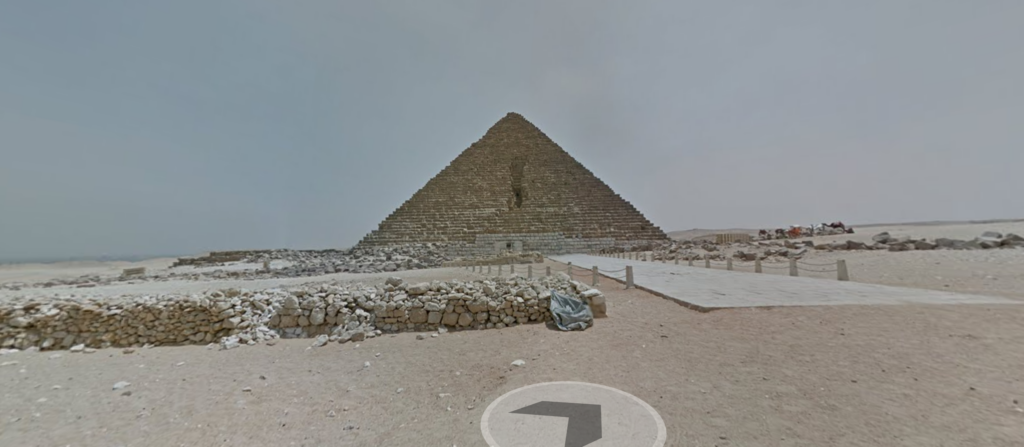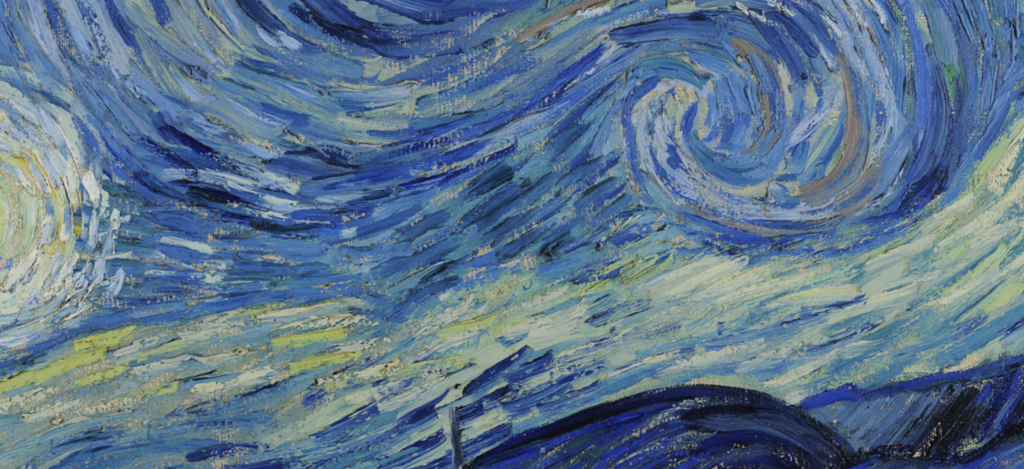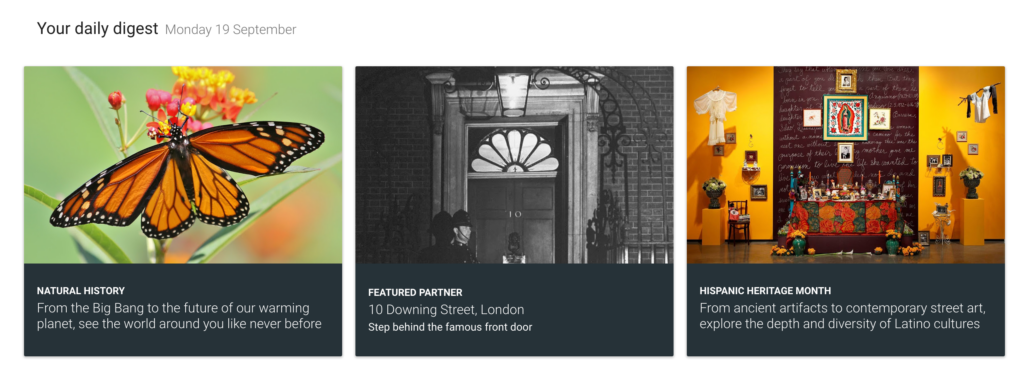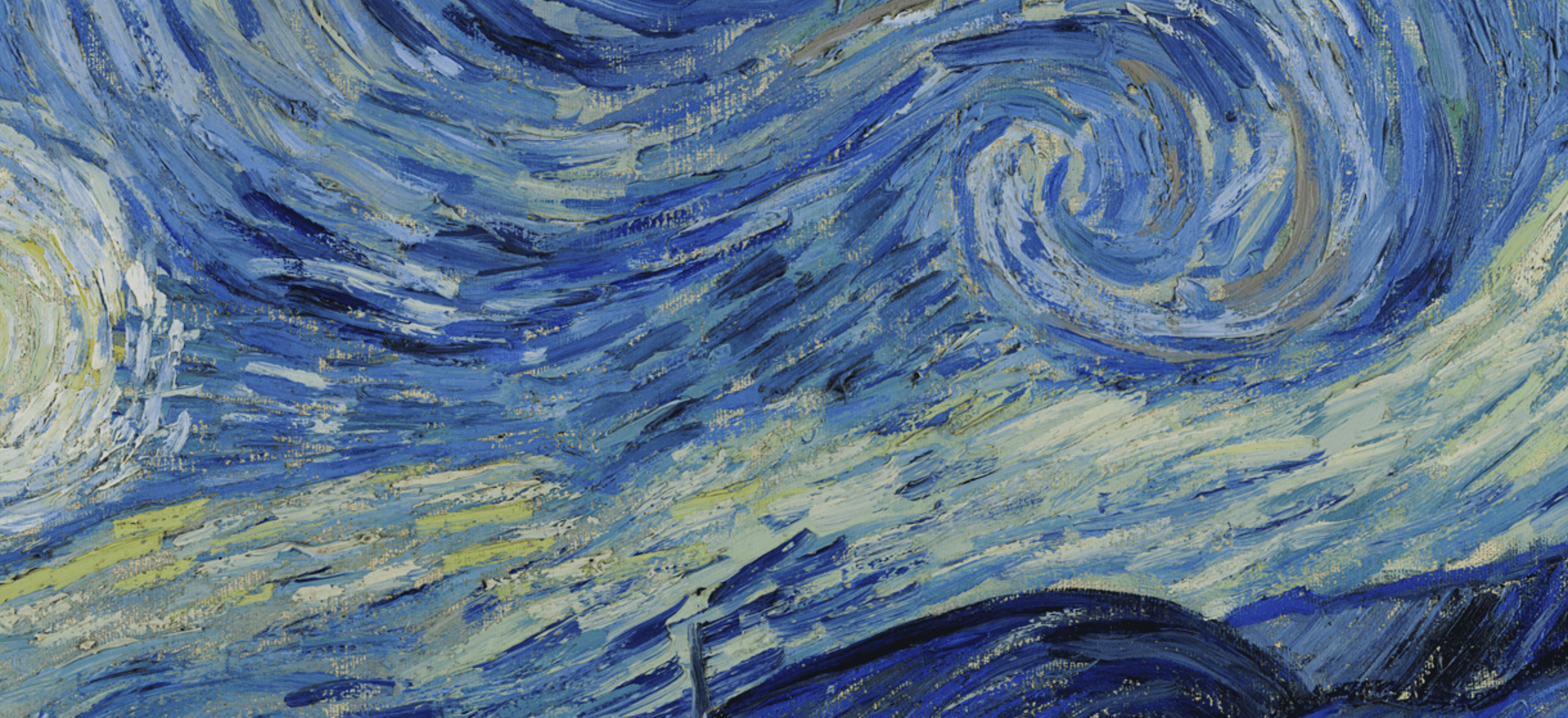Do you ever wish you could take your students to museums and historical sites around the world to show them the beauty of art in person? Well, if you have internet access, you almost can! Google Arts and Culture is like a window to the best examples of human achievement.
Here are 3 ways to start using Google Arts and Culture your classroom.
1. Take a virtual field trip.
Google Arts and Culture has huge potential to connect students to places around the world. You can take virtual tours of thousands of museums and cultural sites. Plus, you can explore content in-depth with Projects, which combines resources for an experience that rivals any museum.
Classroom Application Ideas
- In a lesson about ancient Egyptian art, take kids on a tour of the Great Pyramids at Giza. Then, show some artifacts found on the site and show where Egypt is located on a world map. This will give your lesson context and help students make the cross-curricular connections to make learning stick.

- Add a tour of an iconic structure like the Taj Mahal to a lesson about symmetry or perspective. As you navigate around the structure, ask kids to make comparisons to deepen their understanding of concepts.
– How does the size of the building change as we get closer?
– What can you observe as we zoom in that you couldn’t see when we were far away?
– How does the shape of the tower change as I move the view up or down? - Make a lesson about architecture student-directed and rich in technology by asking students to use the “Places” section of Arts and Culture to select a building, select a viewpoint, and draw from observation.
2. Zoom in.
Any of the artworks collected in Arts and Culture allow the viewer to zoom in – so close, in fact, that you can clearly see marks like brush strokes and cracks in the paint. However, don’t think paintings are all the collection is made of. You can view thousands of works, including the iconic Starry Night, from a dazzling array of media and time periods.

Classroom Application Ideas
- The next time you are teaching about color theory, try zooming in on a Van Gogh painting and challenging students to match 10 of the colors they find. Your kids will develop a whole new appreciation for his application of color!
- Add an up-close investigation to the study of any artwork. Put kids in small groups and have them investigate an artwork with a laptop or tablet. Plan some challenges for them to complete like, “Find a spot where the paint is cracked,” or “What do you observe about how the top and bottom of the sculpture are joined together?” This will engage students through inquiry and help them develop personalized meaning as they explore.
3. Connect to history.
Arts and Culture has some amazing historical resources that can add real depth to your lessons. One easy way to explore a little bit at a time is to check out the “Your daily digest” section. It appears at the top of the homepage and includes highlighted material, like events that happened on the current day in history, a person who was born on the current day, and a spotlighted story. Another way to search through material is to use the search functions to search through historical figures and events.

Classroom Application Ideas
- Check out the “Born on this day” and “Today in history” features. When you see one you think your students will enjoy, spend a few minutes sharing it at the start of class.
- Take advantage of the wealth of knowledge available on Arts and Culture by using the “Time” function to add context to your lessons. Simply scroll through the timeline to find historical events coinciding with the date of an artwork you’re discussing in class.
Google Arts and Culture is an amazing resource with many classroom applications. I recommend checking it out!
How have you used Google Arts and Culture in your class? Tell us in the comments section!
Magazine articles and podcasts are opinions of professional education contributors and do not necessarily represent the position of the Art of Education University (AOEU) or its academic offerings. Contributors use terms in the way they are most often talked about in the scope of their educational experiences.






